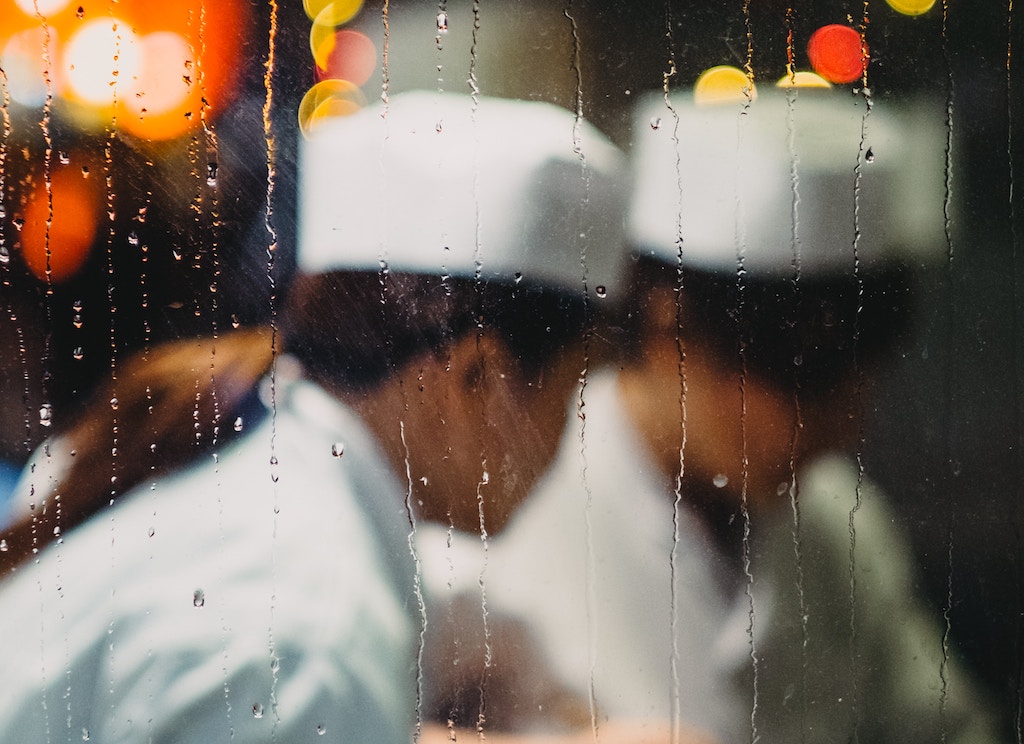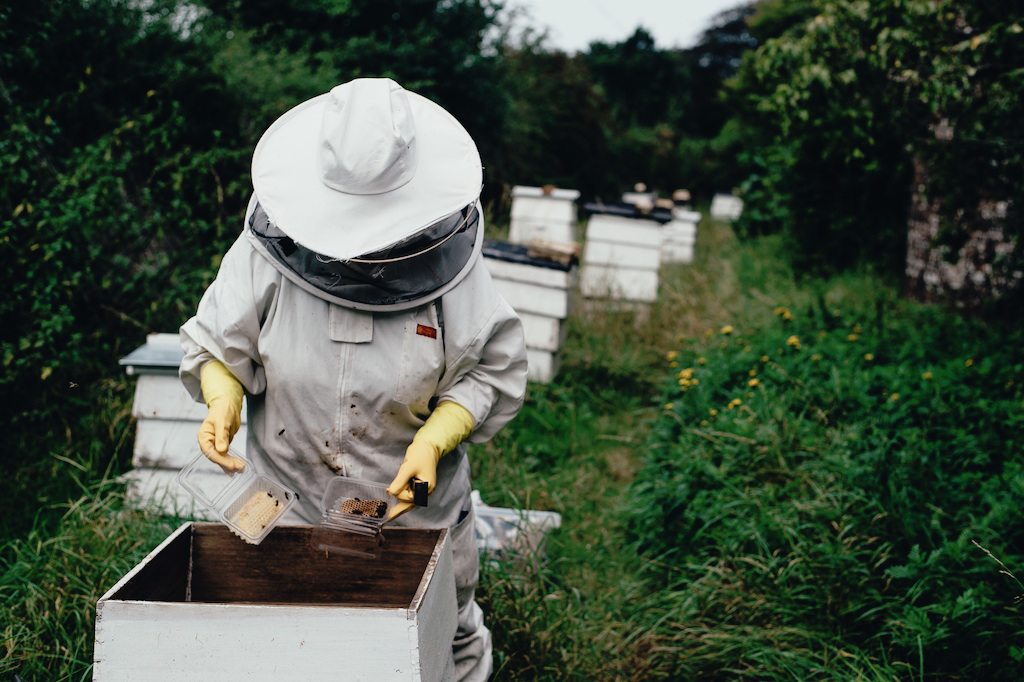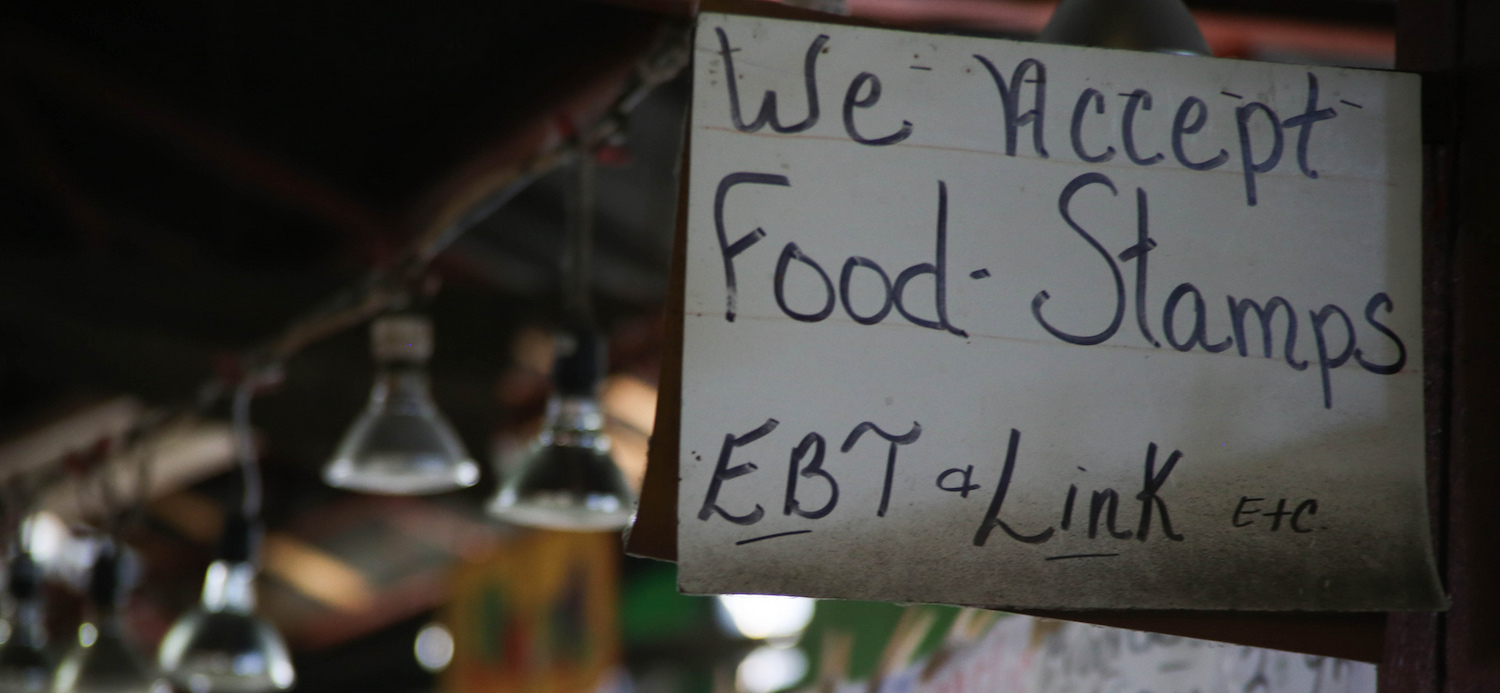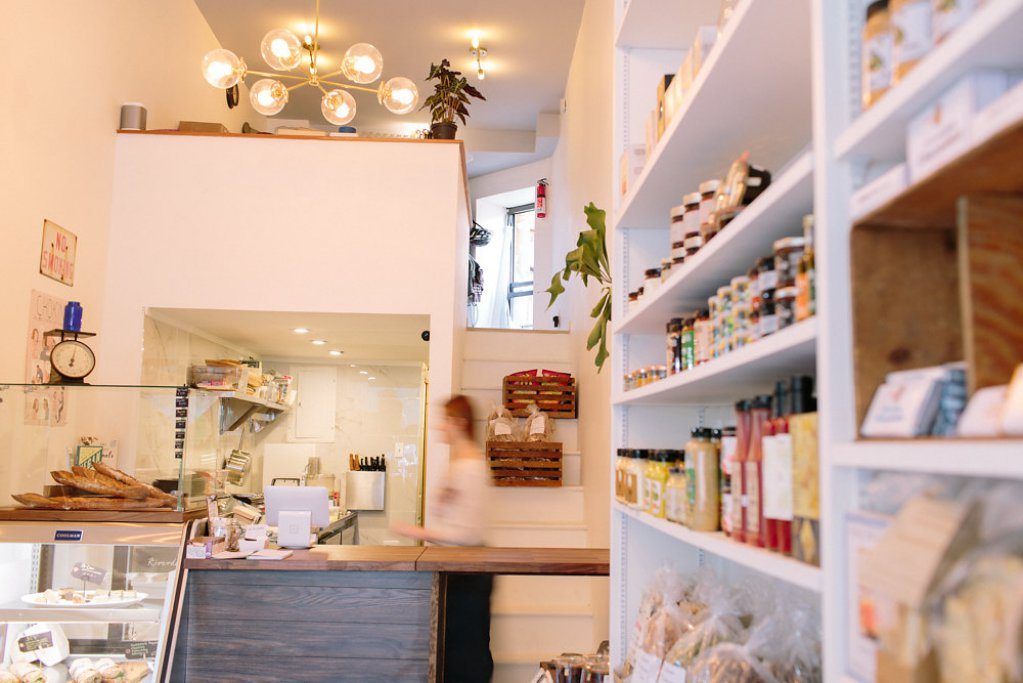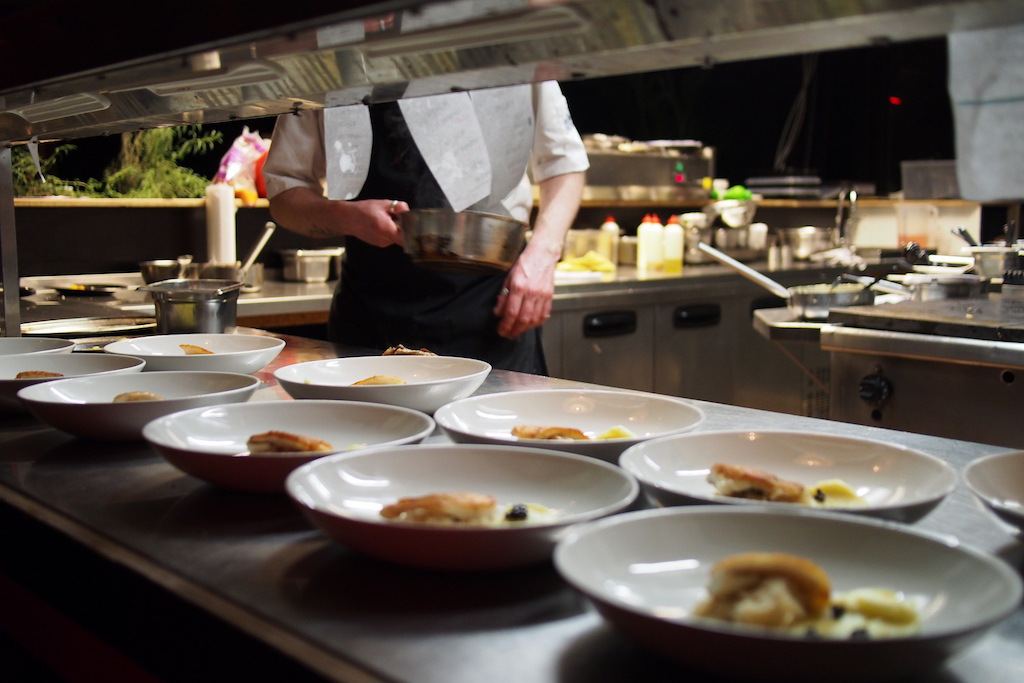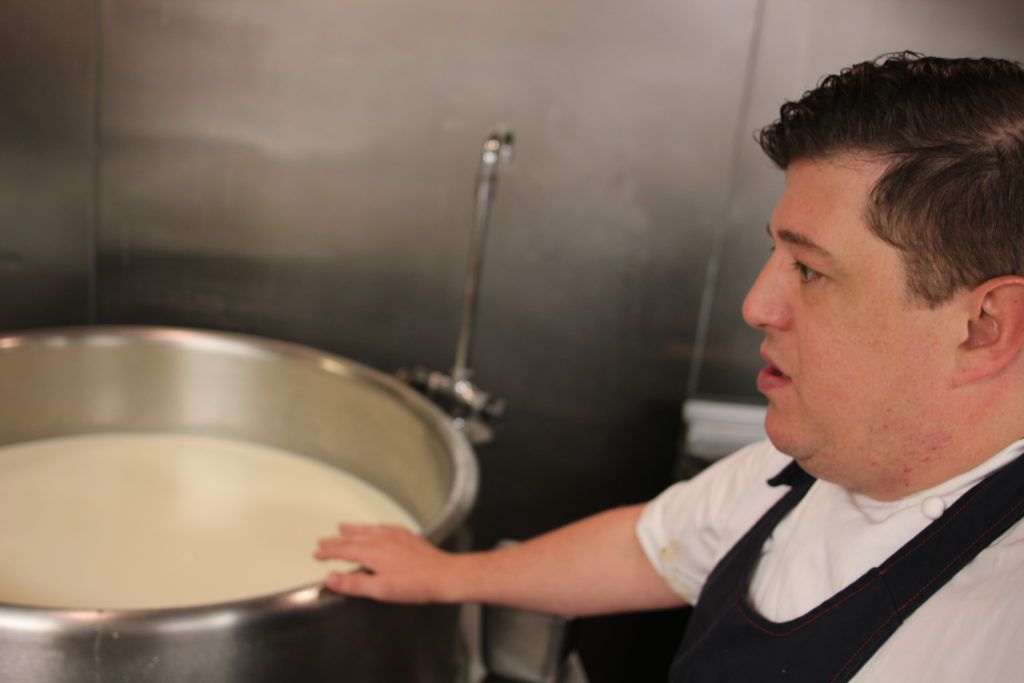
The directive came from the corporate owners in France: All hotels in the Sofitel chain would need to become HAACP certified. HAACP—hazard analysis and critical control points—is a food safety certification that essentially requires documenting the condition of food at every step. If you heat it up, you log it, if you cool it down, you log it, to ensure that it stays within ranges for acceptable temperatures and lengths of time.
Greg Biggers, executive chef of the Sofitel in Chicago, looked at the hours of training he and his team were going to have to go through to become HAACP compliant, and “The chef in me was like, so what’s in it for me?”
Biggers’s idea was that if his team could use the process to gain certification in new areas of food preservation like charcuterie, pickling and cheesemaking, that could help raise the restaurant and hotel’s profile and give them a new marketing edge. How he got the ability to do these things—legally—gives insight into the hurdles any entrepreneur wanting to go into that kind of business will face. However, it wasn’t so much that his encounters with regulators and bureaucracy produced actual opposition. More like… bewilderment.
Nope, you can’t do it What Biggers quickly learned was that Chicago’s fine dining scene, and the world of avant-garde and experimental cuisine it has become famous for, represents a tiny, tiny portion of the city of Chicago health inspector’s job. Most inspectors spend their days on hot dog and takeout Chinese food joints. When it comes to new cooking techniques, “They don’t know,” Biggers says. “They’d much rather say nope, you can’t do it, than be ahead of the chefs and teach us how to do it. I think it’s the same for New York. A lot of the health departments, they’re so behind the chefs in terms of all these techniques that we want to do—even the old-school stuff like fermenting.”
Instead, Biggers found that the best approach was to go to the city with a plan for each new area he wanted to go into, documenting industry best practices for food safety, starting with something as common as sous vide cooking (which officially requires certification, but happens all over town without it). Having laid out what would be a safe way to do what he wanted to do on paper, he then turned to the city’s top food safety official, Gerrin Butler, for blessing.
When he got that, he displayed her letters of approval where they’d be the first thing a visiting inspector would see—short-circuiting the inspector’s risk-averse tendency to automatically disapprove of anything different. “They come in and see those, and say ‘Huh, I’ve never seen one of those before. I guess you’re okay,’” Biggers says, with a sly grin.
A welder learning to be a nurse. Cheese making presented another level of complexity. Not only did it require certification from the state of Illinois, not just the city, but the department was flummoxed by the very idea of a restaurant in Chicago’s Gold Coast wanting to do what’s normally done by massive dairy plants in farm country. “They sent two inspectors who were really up in all our stuff. They were like, what the hell are you guys doing?” In the end, “We got the same certification as a Dean Foods,” Biggers says, for what was essentially a dollhouse version, full of miniature machines, of the standard industrial cheese plant. In one small prep kitchen there’s a device for pasteurizing milk, attached to a device for recording temperature graphs, sealed with very official-looking tamper-proof seals. “Normally these are a hundred gallons. This one is four,” he says.
In another kitchen there’s a steam-jacketed kettle, about the size of a washing machine, that keeps the milk at temperature as it coagulates into fresh cheese. The one Biggers learned to do this on, at Zingerman’s Creamery in Ann Arbor, Michigan, was big enough you had to climb a ladder to see into it. Cheese, it also turned out, was a far more difficult and temperamental area for a chef to start playing around in—”It was like a welder learning to be a nurse,” Biggers says. “We were so far out of our element that we forgot how to cook. The recipe would say, let it rest for 45 minutes and then cut it. Instead of touching, feeling it like we do everything else, we were cutting it after 45 minutes, and it wasn’t ready.” “I was trying to run before I could walk,” Bigger says. “After our first batch I was all like, let’s get the raw milk in! Let’s ash-rind the cheese! So I pay a ton of money for this raw milk and make cheese, and after three days, we’re like, ‘Get it out of the cave and into the garbage!'”
@1871dairy milk getting ready to be turned in to Tellagio. A photo posted by Greg Biggers (@greg_biggers) on
Hello, room service
But in time they built up their confidence, and today his staff turn out a repertoire of cheeses including taleggio, cheddar and chèvre, while Biggers experiments with other soft cheeses with blooming rinds. The resulting rounds of cheese are stacked in the cave covered in wax to keep them from picking up odors from the different kinds of salumi also hanging in the room—long gnarled hunks of finocchiona, pepperoni and other meats, sometimes with variations in the form of Asian spices or other flavorings.
Now, in the dining room, Cafe des Architectes, you can order a platter under the name Chestnut Provisions (for the street the hotel is on), containing charcuterie, cheeses, pickles, jam, mustard and brioche, all made within the hotel. You can also order a cheese plate, which proudly mixes in-house cheeses with imported French ones, and you’ll see cheese and charcuterie laid out at hotel banquets.
Biggers, who got training help early on from other Chicago restaurants, is now marketing his cheese to them—you’ll find his taleggio on a taleggio and mushroom pizza at the Italian restaurant Balena, for one. And he’s launching a Chestnut Provisions website to sell gift baskets and artisanal cheese and salumi by the pound.
It wasn’t an easy road, but Biggers and his team made it—and maybe brought us a future where if you want to try an American artisanal cheese in the place where it was made, all you have to do is dial room service.



